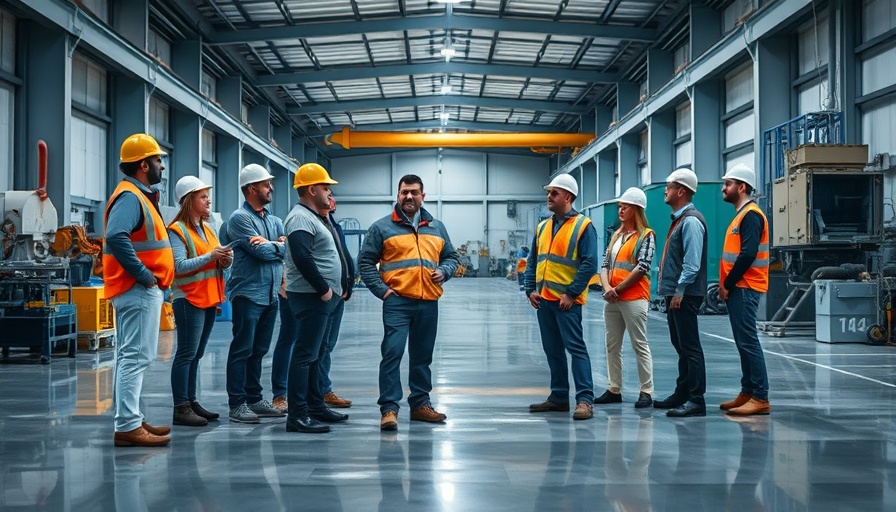
Redefining Spaces: The Upcycling Trend in Real Estate
Across the nation, vacated retail spaces such as closed big-box stores are experiencing a transformation. They are being converted into vibrant community healthcare clinics, marking a significant shift in both urban landscape and healthcare accessibility. By exploring the concept of retail-to-medical conversions, we examine not only the challenges that arise but also the exciting opportunities these adaptations present for healthcare delivery.
Location Matters: The Key to Successful Conversions
The adage "location, location, location" holds especially true in the realm of real estate adaptations. Retail spaces are sought after by healthcare providers for their size, established parking, and proximity to neighborhoods. However, not every location is ideal for every healthcare model. For instance, while transforming a retail space into a primary care office may require modest alterations, conversions for outpatient surgical services demand more intensive adjustments, emphasizing the importance of thorough site evaluation before undertaking such projects.
Understanding Infrastructure: The Challenges Ahead
Adapting retail properties for healthcare use involves a keen understanding of existing infrastructure, specifically mechanical, electrical, and plumbing (MEP) systems. Many former grocery stores boast robust electrical systems that are advantageous when reimagining their purpose for medical needs. Grocery stores typically come equipped with heavy electrical demands for refrigeration, a feature that, once repurposed, can facilitate the powering of essential medical equipment. This aspect is crucial for ensuring that converted spaces meet the operational demands of healthcare facilities.
Potential for Cost Savings in Upcycling
One attractive benefit of repurposing grocery stores is the potential for cost savings through existing infrastructure. Often, when these stores close, they leave behind amenities such as emergency generators, which can be utilized in a new context. The ability to leverage existing resources not only eases the financial burden of establishing new facilities but also aligns with sustainable practices by minimizing waste.
The Bigger Picture: Enhancing Community Accessibility
At the heart of the upcycling movement is a commitment to improve healthcare accessibility. By converting retail spaces into clinics, healthcare providers are making significant strides toward establishing healthcare access in underserved communities. This trend reflects a broader societal shift towards community-oriented healthcare solutions, emphasizing the importance of delivering care where it is needed most.
This innovative approach not only redefines spaces but also offers a glimpse into a future where health services are more accessible, flexible, and integrated within community settings. As we continue to navigate the evolving landscape of healthcare, keeping an eye on the potential and pitfalls of such adaptations will be vital for all stakeholders involved.
 Add Row
Add Row  Add
Add 






Write A Comment